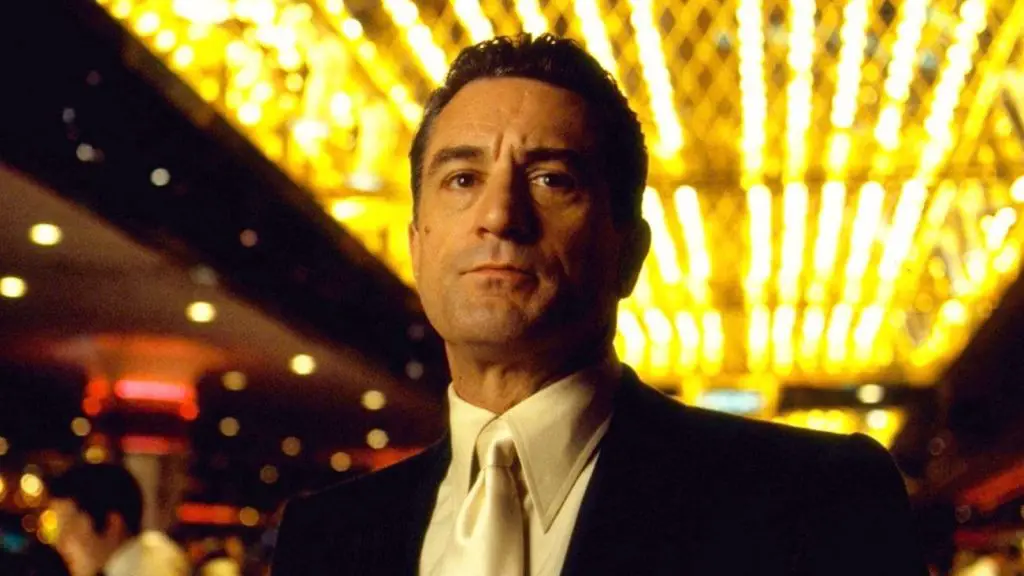
Perhaps the most elusive ribbon of film in the history of cinema is “Frankenstein.” Not the 1931 masterpiece with Boris Karloff, but the first screen adaptation of the Mary Shelley novel, produced in 1910 by Thomas Edison. Censored in its day and considered lost for decades, the film still exists in a private collection but is still a great distance from returning to the screen.
Few people realize that Thomas Edison, besides being the master American inventor, was also a pioneer film producer. In the years spanning the late 1890s into the 1910s, Edison maintained a studio in the Bronx, N.Y. (at the time it was rural and underpopulated, a far cry from its current urban status). Edison churned out scores of films, mostly one- and two-reelers which played in nickelodeons around the world. By today’s standards, these films were stiff and stagy in both their acting and cinematic technique and precious few of these works can seriously be considered as film classics.
“Frankenstein” was a fairly ambitious topic for an Edison film, chiefly because the films of that era rarely lasted more than two reels and the Mary Shelley novel offered a complex array of moral and philosophical quandaries in addition to the celebrated plot of regenerated life. The 15-minute production that eventually came together under the direction of James Searle Dawley focuses on Victor Frankenstein’s return from university and his attempt to create a man from the dead. The deep philosophical questions raised in the source text about this unlikely act of science were kept out of the screenplay.
What did get into the film was something that was lacking in the Mary Shelley novel: the creation process used to bring the monster to life. In the book, the regeneration was vaguely alluded to without any specific descriptions of what was required to bring the dead back to life. For the film, Dawley offered this as the central focus of the production, offering a scenario in which a skeleton is placed in a large vat within a dark chamber designed to reanimate the deceased. The film used elaborate (for its time) special effects for the spawning of the monster, employing reverse photography to provide the illusion of flesh and sinew spinning through the air and wrapping itself around the skeleton.
The monster which emerges from the vat was played by Charles Ogle and envisioned as a scowling beast matted hair and a humpback. Preferring melodramatic sneers and arm-waving to deliberate acts of violence, the monster spends the rest of the film terrorizing Frankenstein and his bride with unwelcome appearances. However, the monster’s antic abruptly come to an end when he gazes at his atrocious reflection in a mirror…and then disappears behind its glass.
In theory, the film should not have presented any problems. Despite the menacing monster, there is no violence or bloodshed. And in any event, both the book as well as a theatrical version by R.B. Peak were more than familiar with the general public. Unfortunately, Edison and his filmmakers underestimated the reaction to their latest offering.
Despite good reviews, “Frankenstein” raised a furor with exhibitors who considered it to be far too weird and frightening for the polite audiences and in many communities it was refused screenings. In Great Britain, local censors trimmed eight feet from the film before allowing it to be shown. Horror films were virtually unknown back in 1910, which may explains the dramatic reaction, and the shock of having a monster (even one as fairly benign as the Charles Ogle creation) was too much for the polite cultural tastes of the day. “Frankenstein” was subsequently withdrawn from circulation shortly after it was first screened and was quickly forgotten, never revived.
In retrospect, we can see that the horror film genre truly did not take off until the 1920s, with imported German productions including “The Cabinet of Dr. Caligari” and “Nosferatu” (not to mention the Frankensteinesque tale of “The Golem”). American horror itself did not truly come into its own until the mid-1920s with the classic collaborations of Lon Chaney and Tod Browning. Edison never had a chance to try again. By the 1920s, Edison was already out of the film business and his productions seemed primitive and embarrassing when compared to the jazzier works of the increasingly sophisticated film industry. When the 1931 James Whale version of “Frankenstein” was shot in 1931, the Edison forerunner was not even recalled or consulted.
So what happened to the prints of “Frankenstein”? Get the answer and much more in the exciting conclusion to our story in part two of IN SEARCH OF EDISON’S “FRANKENSTEIN”>>>.

